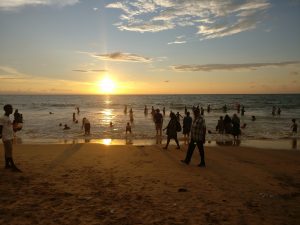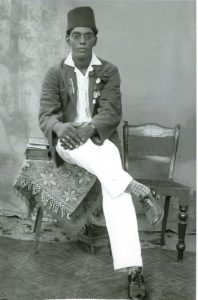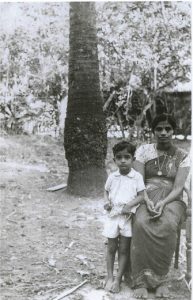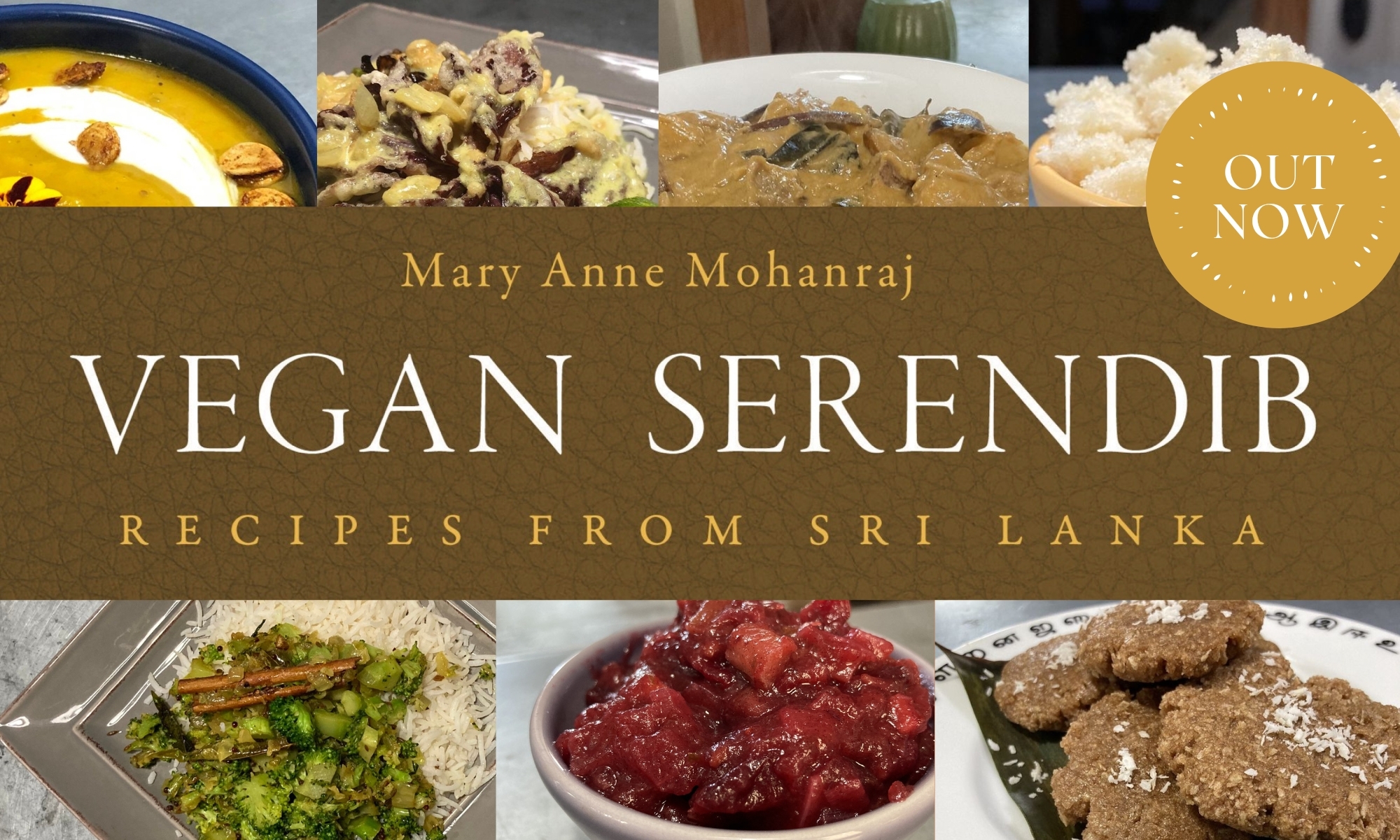
My family is of the Tamil ethnic / cultural / language group, and almost all of the recipes that follow are Sri Lankan Tamil. (I have given Tamil names for some dishes, although for many, using English naming is common — my parents and their siblings will refer to fish cutlets and chicken patties, for example.) About sixteen percent of the Sri Lankan population is Tamil, a large percentage of whom came to Sri Lanka over two thousand years ago, settling primarily in the North and East; our cooking has diverged significantly from that of Indian Tamils from the southernmost state of Tamil Nadu.

Another group, the Hill Country / Indian Tamils, were brought over in the 19th and 20th centuries to work the coffee and tea plantations by the colonizers; some also come on their own as merchants and traders. The majority of the island’s population is Sinhalese (about seventy-four percent), with a significant population of Moors (speaking Arabic-influenced Tamil, though many are also fluent in Sinhalese). There are also some smaller groups, including Malays and the indigenous Veddahs.
Sri Lanka experienced three waves of colonization — Portuguese (arriving 1505), Dutch (arriving 1602) and British (arriving 1802). All of the colonizing groups, along with the Chinese laborers they brought to Sri Lanka (Hakka and Cantonese migrants from the southern coastal regions of China), and more recent Chinese migrants, have left their culinary imprint on the island.

